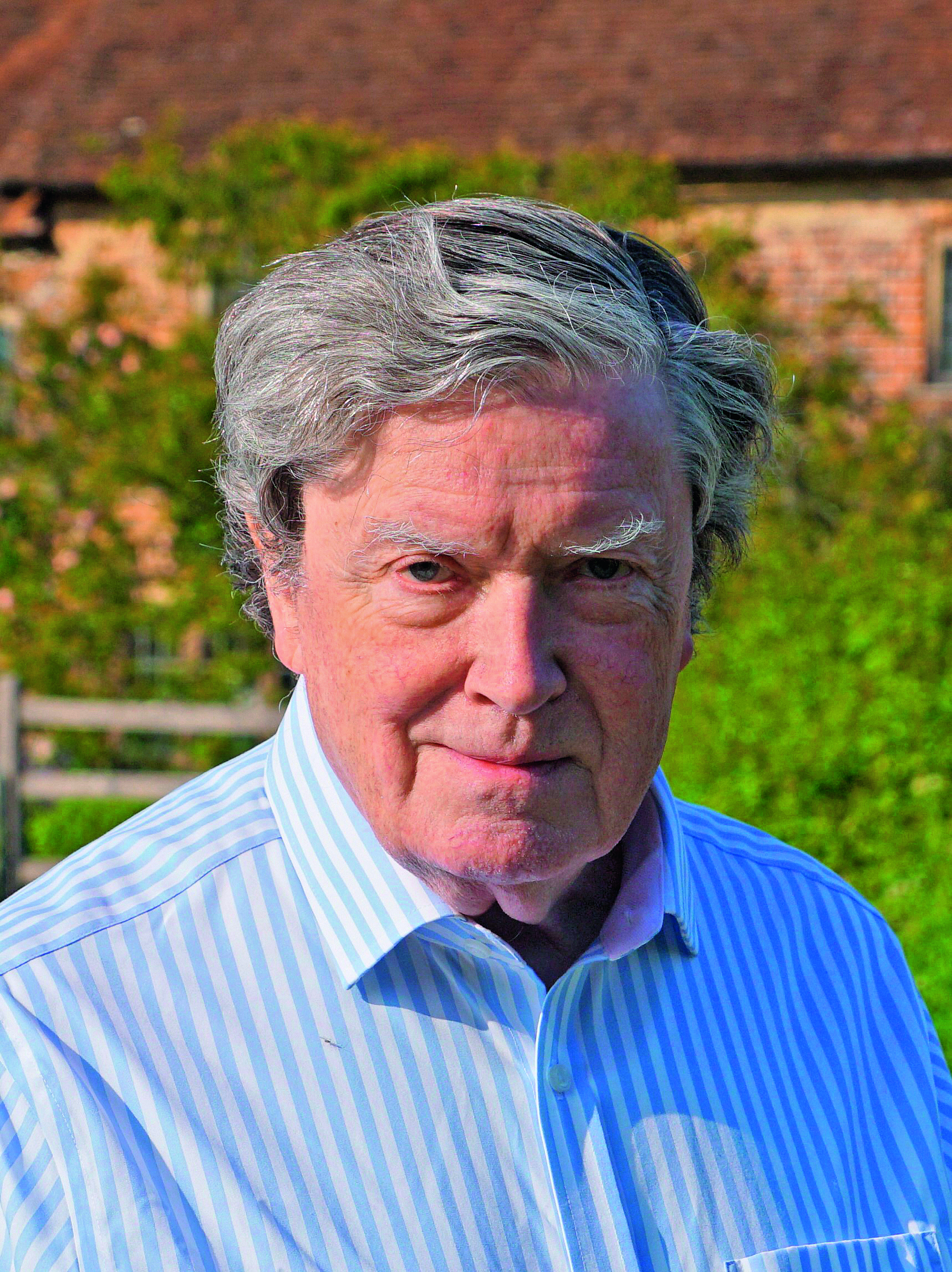The place you'll find the world's best roses — and it's nowhere near Britain
Charles Quest-Ritson is man who literally wrote the book on roses — several of them, actually — but he'll openly concede that his best efforts in Hampshire are as nothing compared to the best Australia has to offer.

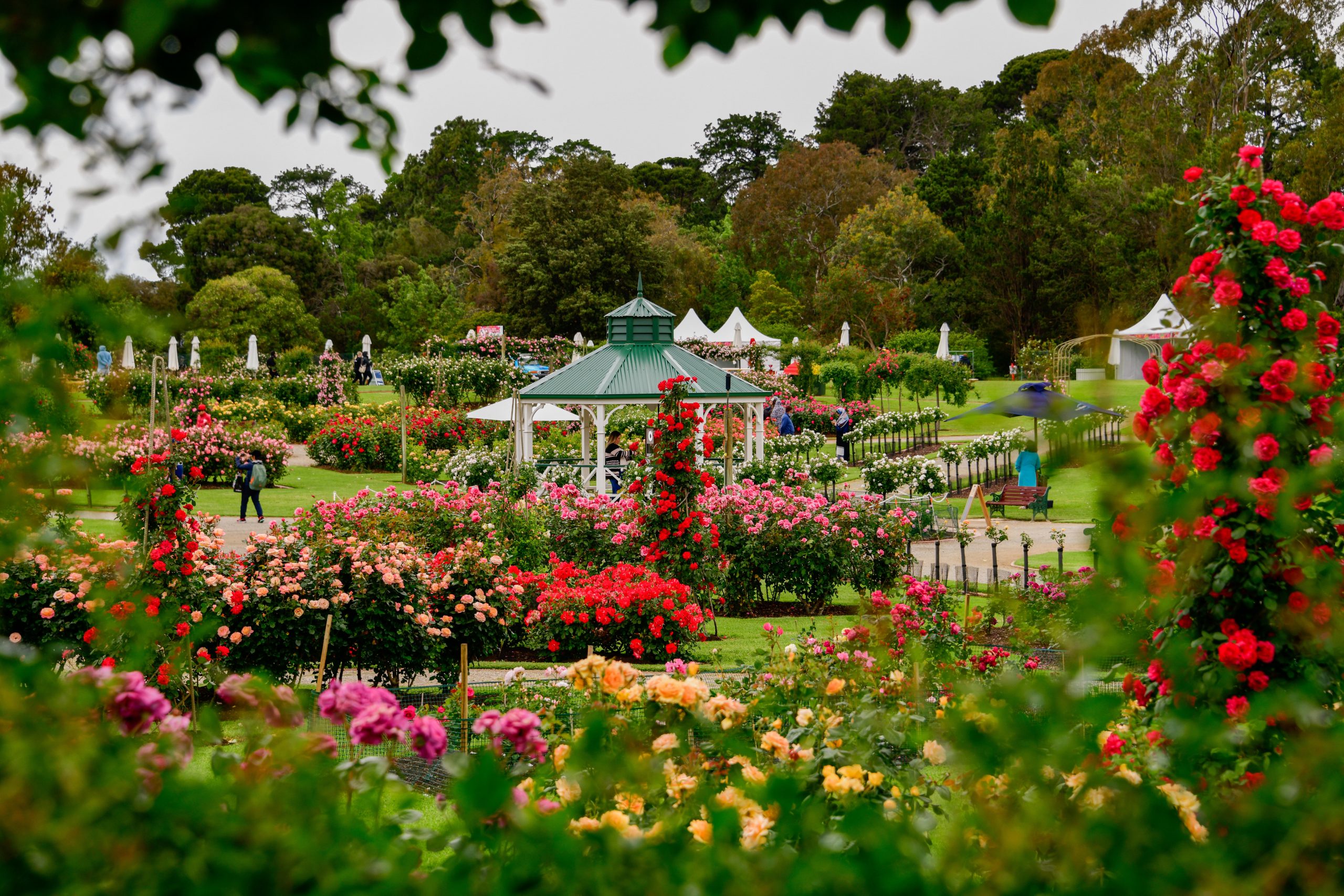
Twenty years ago, I wrote two rather hefty books about roses. Both were well reviewed and both won international prizes. One of them was translated into seven languages and — rather more importantly for an author — still earns welcome royalties.
The international editions were pre-sold at the Frankfurt Book Fair, which meant that I had to include roses in all the markets where the book would be published. Rose lovers are famously nationalistic — it is difficult to persuade Frenchmen that some of the best roses are bred by Englishmen — and so, with the backing of a generous advance, I set off to study and write about roses all over the world.
My travels took me on my first visit to Australia, where I was surprised to discover that roses grow much better than anywhere else. The heat means that the bushes grow taller and more vigorously than they do back home, and the dry climate keeps them free from mildew and blackspot. By the time I had finished writing the book, I had realised that, in the English climate, many roses are at the limits of their cultivability.
Yes, we have gardens where roses are very well grown — three that I greatly admire are Queen Mary’s rose garden in Regent’s Park in London, David Austin’s show garden near Wolverhampton and the National Trust’s collection of roses assembled by Graham Stuart Thomas at Mottisfont Abbey in Hampshire. But once you have seen the roses at Werribee near Melbourne or the plants in every suburban garden in Adelaide, you have to concede that rose-growing is something that the Aussies do better than us.
“The shrubs I struggle to cultivate against a warm wall in Hampshire are miserable manky specimens when I compare them with the buxom 20ft trees in Adelaide”
All plantsmen like to see plants that are well grown and so, when we learned that the grandly named World Federation of Rose Societies was holding a triennial conference at Adelaide in October and November last year, my wife and I signed up without hesitation. It is the perfect place and time of the year for garden visiting and rose worship. The rainy season has long finished and the daytime temperatures are usually in the mid 20s.
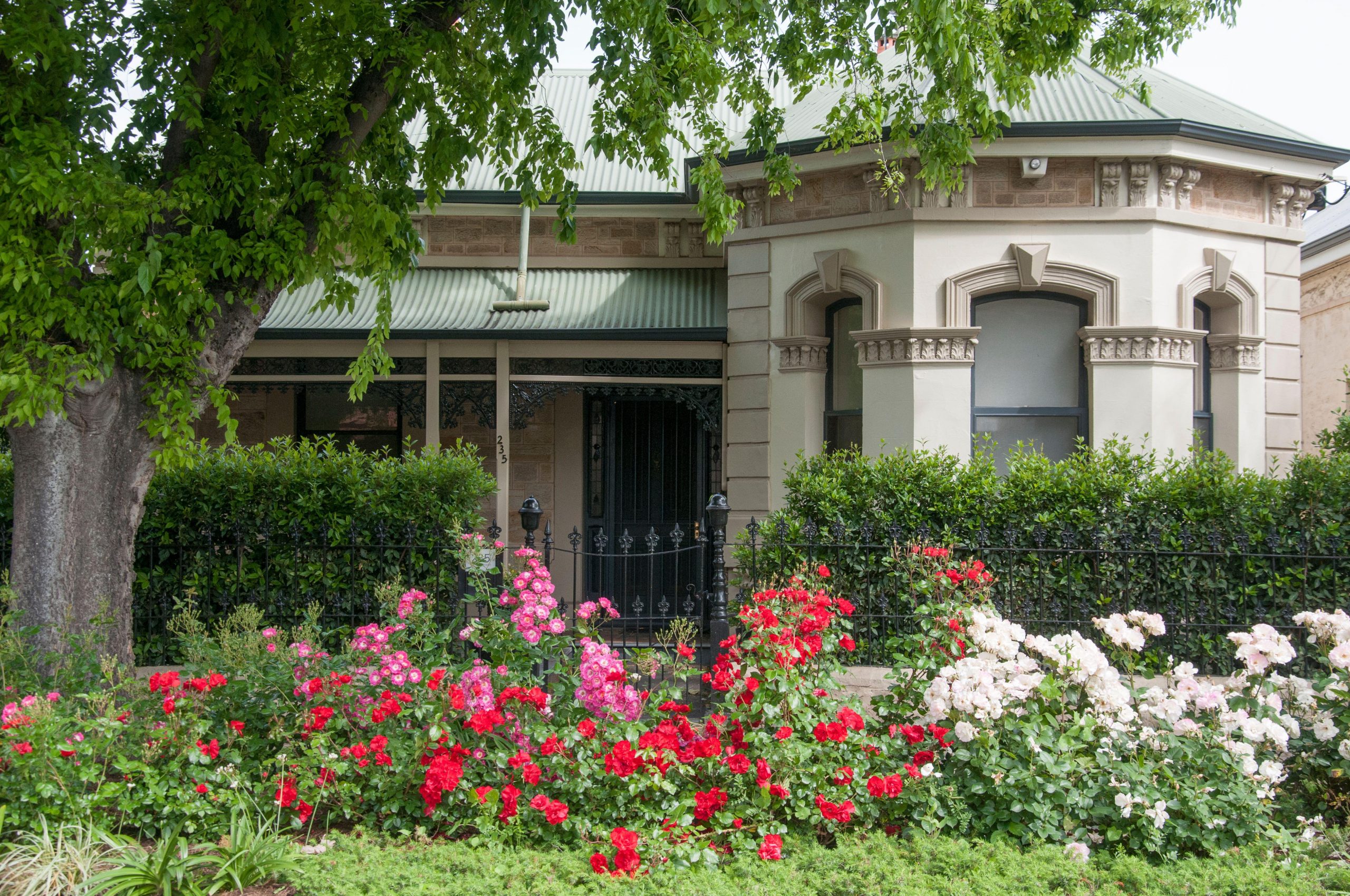
But not in 2022. The week-long conference was plagued by dark clouds, near-constant rain and southerly gales from the cold Antarctic. The format was to spend our mornings in the International Conference Centre listening to lectures and, after lunch, to be bussed out to visit gardens. Almost all those gardens were wonderfully planted with fine collections of roses.
One of them, up in the Clare Valley, was approached under a wrought-iron pergola, more than 100 yards long, of the climbing form of that great mid-19th century rose ‘Souvenir de la Malmaison’. In an ordinary season, I would say that I had never seen any rose-planting so beautiful and impressive, but the cold, wet Australian spring of 2022 gave us little joy.
Exquisite houses, the beauty of Nature, and how to get the most from your life, straight to your inbox.
Conferences are rather like schools — one of their purposes is to speed up the spread of infectious diseases. I tested positive for Covid-19 on our last day in Adelaide and had to postpone our return to Blighty. Three days later, my wife also succumbed to the virus and we ended up spending two weeks in clinical isolation on the 21st floor of our five-star conference hotel. Fortunately, we get on pretty well in close quarters, but the sojourn was tedious and expensive. I was the first to recover, which allowed me to slip out of the hotel and pass an hour or so every day exploring Adelaide’s Botanic Garden.
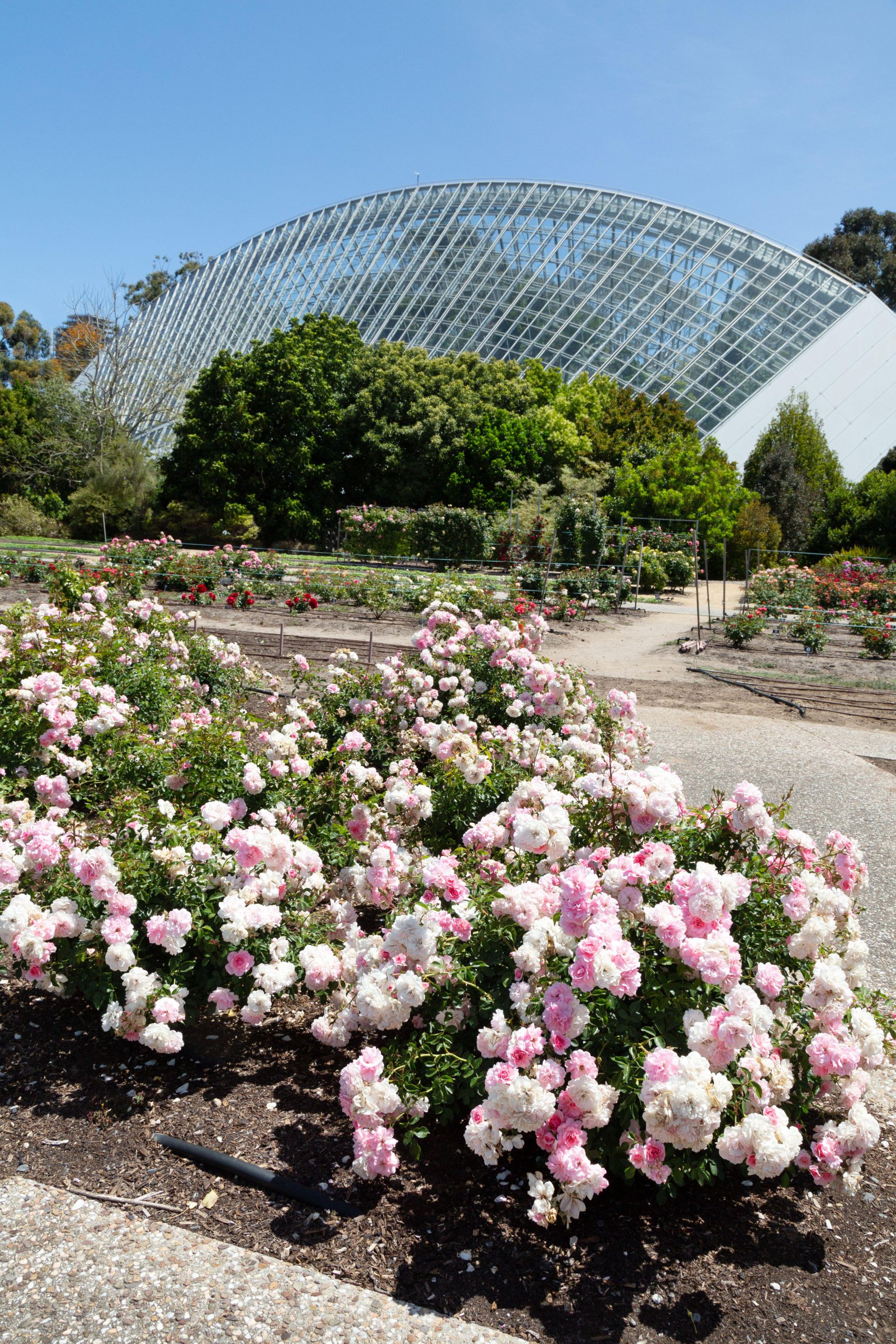
It was wet. But Adelaide’s collection of native Australian plants loved the refreshment. I took endless photographs of hakeas and bottle-brushes glistening with raindrops — bottle-brushes are species and cultivars of the genus Callistemon, and most of them were in full flower. The shrubs I struggle to cultivate against a warm wall in Hampshire are miserable manky specimens when I compare them with the buxom 20ft trees in Adelaide — not only in the Botanic Garden, but widely planted as street trees and in the beautiful parklands that surround the city centre.
And the more I looked, the more I found to learn from and admire. Many were the plants in Adelaide’s Botanic Garden that I had never even heard of — not only species, but genera, too. And in a corner of the garden, near the elegant Bicentennial Conservatory, lies the International Rose Garden. It’s expansive, well maintained and full of roses that we do not see in Europe. But the strange thing was that, despite the cold rain and wind, the individual flowers were still of very high quality. I am at a loss to explain this, but it did confirm my long-held opinion that South Australia has the best roses in the world.
And the wines are pretty good, too. Fortunately, we did not lose our sense of taste.
Charles Quest-Ritson wrote the RHS Encyclopedia of Roses
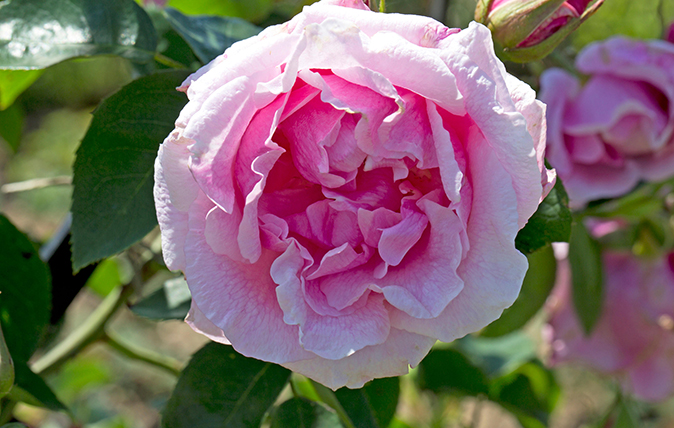
The true rose of St Valentine isn't actually red
In 1971 a Catalan rose-breeder called Pere Dot introduced a little pink Polyantha rose called San Valentin. Charles Quest-Ritson explores.

Ultimate guide to growing roses: What to plant, where to plant it, and why you really don’t need to prune
Charles Quest-Ritson, author of the RHS Encylcopedia of Roses, tells you everything you need to know about growing roses.

Curious Questions: Why is there no such thing as a truly blue rose? And will we ever have one?
Breeding a blue rose has long been the Holy Grail for plant breeders everywhere. Charles Quest-Ritson, author of the RHS
Charles Quest-Ritson is a historian and writer about plants and gardens. His books include The English Garden: A Social History; Gardens of Europe; and Ninfa: The Most Romantic Garden in the World. He is a great enthusiast for roses — he wrote the RHS Encyclopedia of Roses jointly with his wife Brigid and spent five years writing his definitive Climbing Roses of the World (descriptions of 1,6oo varieties!). Food is another passion: he was the first Englishman to qualify as an olive oil taster in accordance with EU norms. He has lectured in five languages and in all six continents except Antarctica, where he missed his chance when his son-in-law was Governor of the Falkland Islands.
